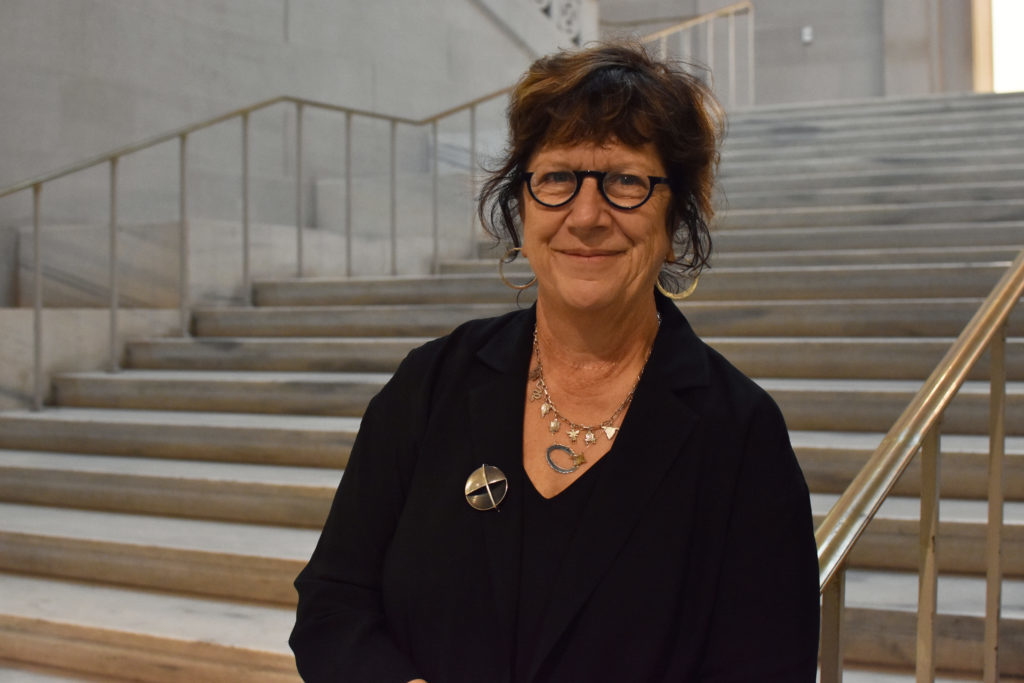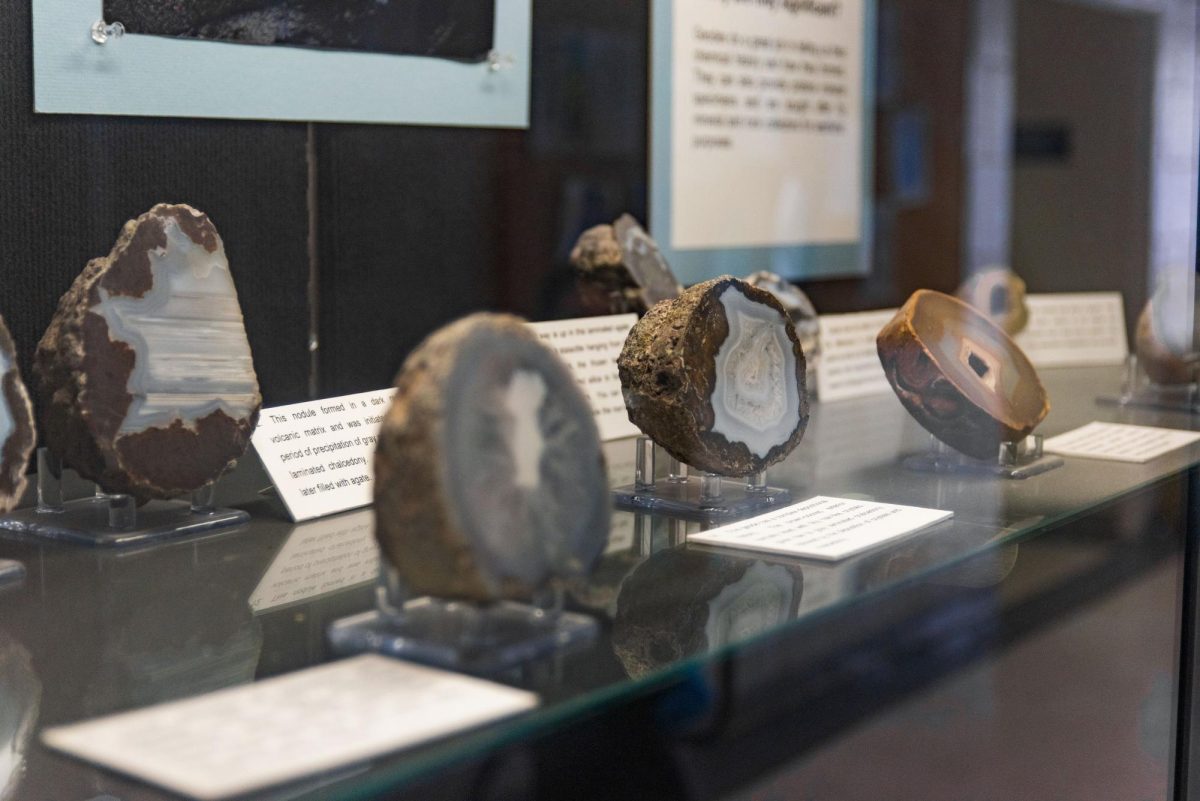Administrators from the Corcoran School of the Arts and Design will launch a Master of Arts in interior architecture program this fall.
Kym Rice, the interim director of Corcoran, said the school currently offers a Bachelor of Fine Arts and a Master of Fine Arts in interior architecture, but the latter is for those who have a bachelor’s degree in a field other than interior architecture. She said the new master’s degree, which is a one-year program, enables students with undergraduate experience in interior design to fine-tune their skills and apply for higher-level positions in the field.
“We have had significant interest in the new program and already have applications in progress for fall 2021,” Rice said in an email. “Prospective students have inquired about this kind of degree for the last several years.”
She said officials did not hire any new faculty and staff members for the program but will work with the University to reevaluate the need for additional faculty and staff for the program over time.
Rice said the COVID-19 pandemic has encouraged prospective master’s students to seek to improve their skills to become “more competitive” in the current job market. Higher education experts say graduate school applications have increased in recent months as some jobs become far and few during the pandemic.
“The program is also specifically designed to help them develop invaluable connections with the D.C. design community,” Rice said.
The program’s curriculum includes courses in architectural design theory and leadership in design positions, according to the program’s website.
Stephanie Travis, an associate professor of interior architecture and the interior architecture program head, said Corcoran officials have been discussing the program for “many years.”
She said administrators often receive “strong” applications to the existing graduate program for interior architecture, intended for those without prior experience in interior design, that they needed to reject because the applicants already had a degree in the field. The new program welcomes applicants with prior experience in the field, she said.
“We wanted to be sure that this program would challenge students who already have a design background and that this degree would take them to the next step in their career,” she said in an email. “We also had to get approval from a number of channels, including the National Association of Schools of Art and Design, of which the Corcoran is an accredited member.”
Travis said the master’s degree also accommodates for Corcoran undergraduates who have expressed interest in continuing their study of interior architecture through the Grad2Grad program, which allows undergraduates to complete another degree at GW with a 10 percent tuition discount after finishing their bachelor’s degree.
“We worked extremely hard to create a studio-based curriculum that would push students to think conceptually and creatively and to emphasize leadership and collaboration,” she said. “Our unique location in the Flagg Building directly across the street from the White House will allow for many D.C.-based projects that involve the community or focus on global issues, something that we are really excited about.”
Experts in architecture and design said the program should emphasize inclusivity in design-related jobs and encourage students, many of whom may become leaders in the field, to consider how cultural biases are present in the occupation.
Mina Chow, an adjunct professor at the University of Southern California’s School of Architecture, said when she first entered the field of design, those she worked with sometimes misidentified her as an interior designer rather than an architect because of her gender. She said it’s crucial for the new master’s program to ensure that the curriculum’s materials are inclusive and support diversity, equity and inclusion.
“There’s a lot that needs to be addressed in regard to gender,” she said. “Things need to be updated because there’s a lot happening in this country that is being questioned about its equity, diversity and inclusion, which should make us question traditional roles in design.”
Chow said officials in the program should provide a diverse group of faculty and staff who can serve as role models for underrepresented students.
“They need to see underrepresented people in positions of power and their work having a positive effect on society,” she said.
Dennis Earle, an assistant teaching professor of environmental and interior design at Syracuse University, said the program should also encourage students to consider how personal biases and expectations might influence design practices and prepare students for “enlightened, progressive leadership” in the field of design.
He said the program should dispense more depth of knowledge in interior architecture and should develop students to be leaders in the field of interior architecture.
“Part of it is just more time studying the profession and related subjects, which translates to more information and more practice using such information, and part of it is education at a higher level of complexity, sophistication and performance,” he said in an email.








